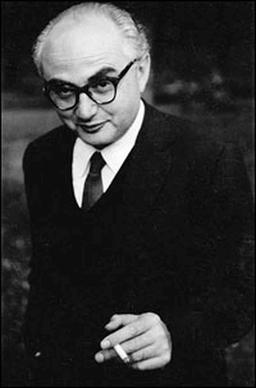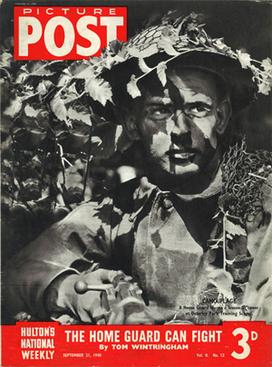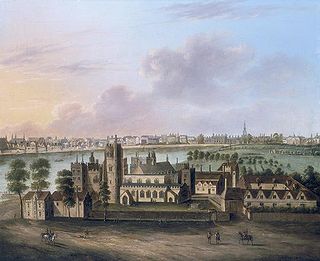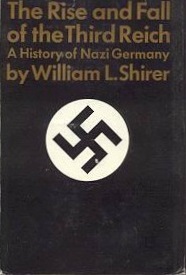
Stockwell is a district located in South London, part of the London Borough of Lambeth, England. It is situated 2.4 miles (3.9 km) south of Charing Cross.

Robert Capa was a Hungarian-American war photographer and photojournalist. He is considered by some to be the greatest combat and adventure photographer in history.
Ingeborg Hermine "Inge" Morath was an Austrian photographer. In 1953, she joined the Magnum Photos Agency, founded by top photographers in Paris, and became a full photographer with the agency in 1955. Morath was the third wife of Pulitzer Prize-winning playwright Arthur Miller; their daughter is screenwriter/director Rebecca Miller.

James Nachtwey is an American photojournalist and war photographer.

David Seymour, or Chim, was a Polish photographer and photojournalist.

Picture Post was a photojournalistic magazine published in the United Kingdom from 1938 to 1957. It is considered a pioneering example of photojournalism and was an immediate success, selling 1,000,000 copies a week after only two months. It has been called the UK's equivalent of Life magazine.

War photography involves photographing armed conflict and its effects on people and places. Photographers who participate in this genre may find themselves placed in harm's way, and are sometimes killed trying to get their pictures out of the war arena.

Lambeth Walk is a street in Lambeth, London, England, off Lambeth Road. It was at the heart of a working-class residential area and there was a street market.

Gerta Pohorylle, known professionally as Gerda Taro, was a German war photographer active during the Spanish Civil War. She is regarded as the first female photojournalist to have died while covering the frontline in a war.

Westminster Bridge Road is a road in London, England. It runs on an east–west axis and passes through the boroughs of Lambeth and Southwark.

Cornell Capa was a Hungarian-American photographer, member of Magnum Photos, photo curator, and the younger brother of photo-journalist and war photographer Robert Capa. Graduating from Imre Madách Gymnasium in Budapest, he initially intended to study medicine, but instead joined his brother in Paris to pursue photography. Cornell was an ambitious photo enthusiast who founded the International Center of Photography in New York in 1974 with help from Micha Bar-Am after a stint of working for both Life magazine and Magnum Photos.

Ashley Gilbertson is an Australian photographer. He is known for his images of the Iraq War and the effects of the wars in Afghanistan and Iraq on returning veterans and their families. Gilbertson is a member of VII Photo Agency.

The Falling Soldier is a black and white photograph by Robert Capa, claimed to have been taken on Saturday, September 5, 1936. It was said to depict the death of a Republican soldier from the Libertarian Youth (FIJL) during the Battle of Cerro Muriano of the Spanish Civil War. The soldier in the photograph was later claimed to be the anarchist militiaman Federico Borrell García.

Lambeth Marsh is one of the oldest settlements on the South Bank of London, England.

The Brixton murals are a series of murals by local artists in the Brixton area, in south London. Most of the murals were funded by Lambeth London Borough Council and the Greater London Council after the Brixton riots in 1981.
John Godfrey Morris was an American picture editor, author and journalist, and an important figure in the history of photojournalism.

The Magnificent Eleven are a group of photos of D-Day taken by war photographer Robert Capa. Capa was with one of the earliest waves of troops landing on the American invasion beach, Omaha Beach. Capa stated that while under fire, he took 106 pictures, all but eleven of which were destroyed in a processing accident in the Life magazine photo lab in London, although the accidental loss of the remaining negatives has been disputed. The surviving photos have since been called the Magnificent Eleven. The pictures have been widely celebrated, and Steven Spielberg is said to have been inspired by them when filming Saving Private Ryan.

This is a bibliographyof works on World War II.

Diana Forbes-Robertson was a British writer.

The Picture of the Last Man to Die is a black and white photograph taken by Robert Capa during the battle for Leipzig, depicting an American soldier, Raymond J. Bowman, aged 21 years old, after being killed by a German sniper, on 18 April 1945, shortly before the end of World War II in Europe. Germany would surrender two weeks later following the Battle of Berlin.


















